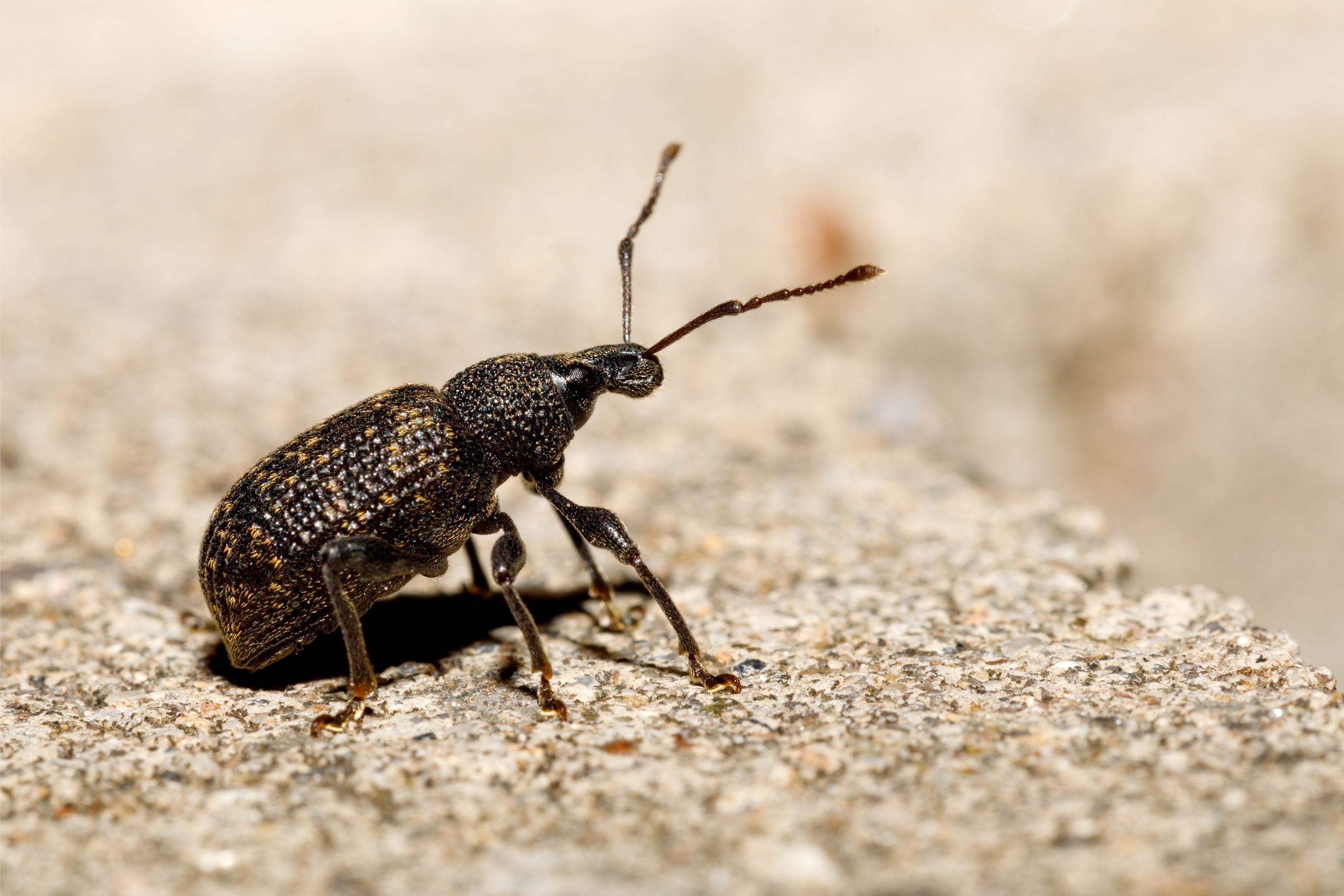Acilius sulcatus
(Acilius sulcatus)

Description
Acilius sulcatus is a species of water beetle in family Dytiscidae.It is fairly large (14.4 – 18.2 mm), with color variation shown throughout its range. Typically it is yellow and black. A. sulcatus has a worldwide distribution but is found primarily in North Western Europe. A. sulcatus is known throughout Europe as the lesser diving beetle, a common name shared with many other aquatic beetles in the family Dytiscidae. Temporary and permanent water bodies. A.sulcatas shows a generalist response to habitat choice living in bogs, ponds, streams, etc. As A. sulcatus is able to fly it is not restricted to a single body of water. A. sulcatus is found in water bodies with high and low levels of vegetation showing no preference between the two. They dominate in water bodies without any fish predators and are used as a primary indicator of predator presence. A. sulcatus is a found over a large range and is not thought to face any pressures on the continuity of the species, as such the beetle has not been evaluated by the IUCN. A unique morph is, however, recognized in the Akfadou mountains of Algeria, and has the potential of attaining separate species status. Habitat loss due to logging and allopatric separation from other populations means that the morph deserves special attention. Due to its fairly large distribution A. sulcatus population numbers have been used as an aid in the measurement of the ecological health of wetlands. A. sulcatus is univoltine with adults overwintering in deep permanent water bodies that neither dry out or freeze completely. Mating pairs are found in both spring and autumn. Females lay their eggs near water on the underside of plant matter. Eggs hatch after about 1 week. Larval development takes about 30 days and pupal development takes another 16–28 days. A. sulcatus is a predatory diving beetle which feeds upon small invertebrate and vertebrate prey. Larvae prefer micro-invertebrate prey such as Daphnia, whereas adults select size appropriate prey. Known for its high aquatic speed A. sulcatus actively pursues prey rather than using a sit and wait ambush strategy seen in other arthropods. A. sulcatus is active both day and night. A. sulcatus larvae capture prey headfirst, with their mandibles before injecting digestive enzymes, for extra oral digestion. Adults do not use extra oral digestion, instead using their strong mouth parts to devour prey.
Taxonomic tree:







